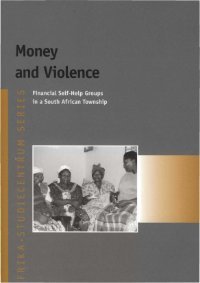By Brandon Vick, Robert Orth, Charles Gartside
Information on the prevalence and cost of firearm injury is difficult to find and typically lacks important details. Using a rich dataset from the Pennsylvania Health Care Cost Containment Council (PHC4), researchers from PCCD/IUP performed a statistical analysis of non-fatal firearm injuries from 2016 to 2021, finding the following: • Initial injury totals and costs: Over the five-year timeframe, an estimated 10,640 new, non-fatal firearm injuries occurred in Pennsylvania for which patients received treatment. The medical cost of initial treatment for these injuries was $308.4 million, or over $51 million per year. The average cost of treatment was $34,837 in 2020. • Rising medical costs and injuries: The number of total injuries increased by 20 percent and the medical cost for these injuries increased by 107 percent from 2016 to 2020. The number of accidental injuries increased by 46 percent (to over 1,000 per year in 2020), with a cost increase of 195%. Assault injuries increased by 5%, with the medical costs of these injuries increasing by 81%. • Rises with COVID: The number of firearm injuries rose dramatically immediately after the onset of the COVID-19 pandemic and resulting shutdowns. Both accidental and assault injuries rose to their highest levels over the timeframe studied. • Economic and Racial Disparities: The poorest one-fifth of zip codes incurred nearly 60 percent of the total medical costs of firearm injuries. Two-thirds of all patients of firearm injuries were Black, although Black people make up only 11 percent of the Pennsylvania population. • Long-term costs: 16 percent of new injuries require additional hospital visits and incur nearly four times the medical costs, averaging over $70,000 per patient. Over 3 percent of new firearm injuries result in paralysis, increasing costs over the first year to over $100,000. • Full Economic Losses: If values are placed on lost work and lower quality of life, the total economic losses of firearm injury increase by six-fold to an estimated $300 million per year and $1.5 billion. Estimates here should be considered conservative, as they do not consider full costs to society (i.e. disability and unemployment payments) and are limited to costs only incurred during the time of visits for treatment (i.e. not counting long-term rehabilitation). Additionally, they do not include fatal injuries or shootings – for instance, over 600 people are victims of homicide by firearm and at least double that number die by firearm suicide per year. The nonfatal injury findings here are in line with estimates for U.S. injuries made separately by the Government Accountability Office and the Center for Disease Control.
Harrisburg: Pennsylvania Commission on Crime and Delinquency , 2022. 48p.






